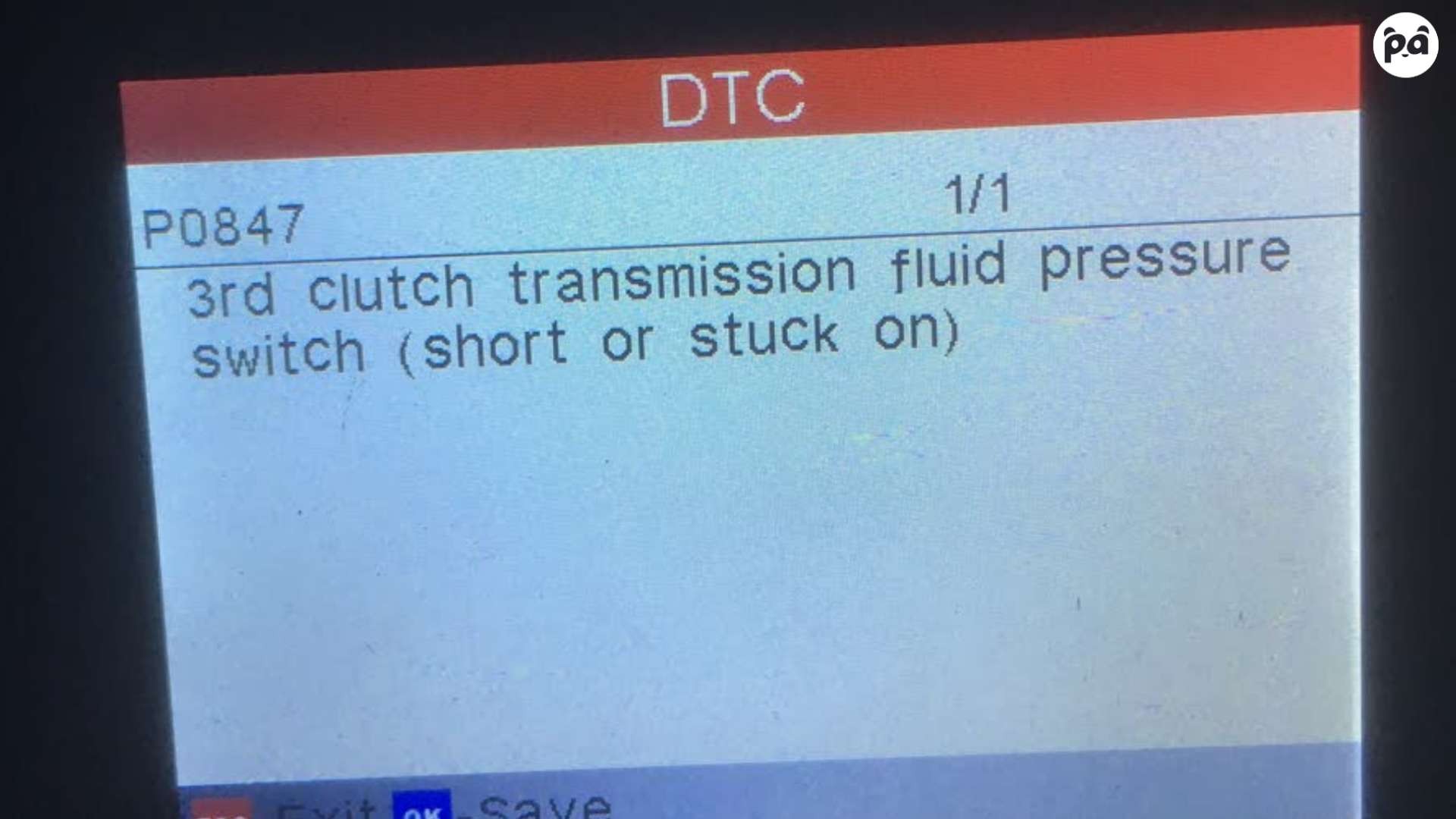The Honda Pilot, known for its reliability and advanced features like the Variable Torque Management 4-Wheel Drive (VTM-4) system, sometimes throws a curveball with a dashboard warning light. Understanding your Pilot’s sophisticated systems often requires a deeper dive than a simple visual inspection. That’s where a Honda Pilot Obd2 Reader comes in. This indispensable tool allows you to communicate with your vehicle’s computer, diagnose issues, and potentially save yourself time and money on repairs.
 VTM 4 System in Honda Pilot
VTM 4 System in Honda Pilot
Understanding Your Honda Pilot’s VTM-4 System
The VTM-4 system, a cornerstone of the Pilot’s performance, intelligently distributes power to all four wheels, enhancing traction and handling. It constantly monitors wheel speed, throttle input, and steering angle to optimize performance and safety. A malfunction within this system can trigger the VTM-4 warning light.
Why You Need a Honda Pilot OBD2 Reader
A Honda Pilot OBD2 reader allows you to tap into the vehicle’s onboard diagnostics system, retrieving Diagnostic Trouble Codes (DTCs) that pinpoint the source of the problem. While a flashing VTM-4 light indicates immediate action is required, a steady light might point to a less urgent issue. An OBD2 reader provides clarity.
.jpg)
Common VTM-4 Issues and Their Corresponding Codes
Several issues can trigger the VTM-4 light, ranging from low fluid levels to faulty wheel speed sensors. A Honda Pilot OBD2 reader will display specific codes corresponding to these issues. Common problems include:
- Low VTM-4 Fluid: Insufficient fluid can hinder the system’s ability to engage the rear differential.
- Faulty Wheel Speed Sensors: Inaccurate readings from these sensors disrupt the system’s ability to calculate torque distribution.
- VTM-4 System Malfunction: This could indicate a problem with the Electronic Control Unit (ECU) itself.
Choosing the Right Honda Pilot OBD2 Reader
The market offers various OBD2 readers, from basic code readers to advanced scan tools. When choosing a Honda Pilot OBD2 reader, consider features like:
- Code Reading and Clearing: The ability to read and clear DTCs is essential.
- Live Data Streaming: Monitoring real-time data from various sensors can provide valuable insights into the system’s operation.
- Compatibility: Ensure the reader is compatible with your specific Honda Pilot model year.
Using Your OBD2 Reader to Diagnose VTM-4 Problems
Once you have your Honda Pilot OBD2 reader, follow these steps:
- Locate the OBD2 port, usually under the dashboard on the driver’s side.
- Plug the reader into the port.
- Turn the ignition on without starting the engine.
- Follow the reader’s instructions to retrieve DTCs.
- Look up the codes online or in a repair manual to identify the corresponding issue.
When to Seek Professional Help
While a Honda Pilot OBD2 reader empowers you to diagnose simple issues, complex problems may require professional expertise. If you encounter persistent problems or are uncomfortable tackling repairs yourself, consult a qualified mechanic.
Conclusion: Empower Yourself with a Honda Pilot OBD2 Reader
A Honda Pilot OBD2 reader is an invaluable tool for any Pilot owner. It provides the knowledge to understand your vehicle’s health, address minor issues, and make informed decisions about repairs. Investing in this simple device can ultimately save you time and money while keeping your Honda Pilot running smoothly.


